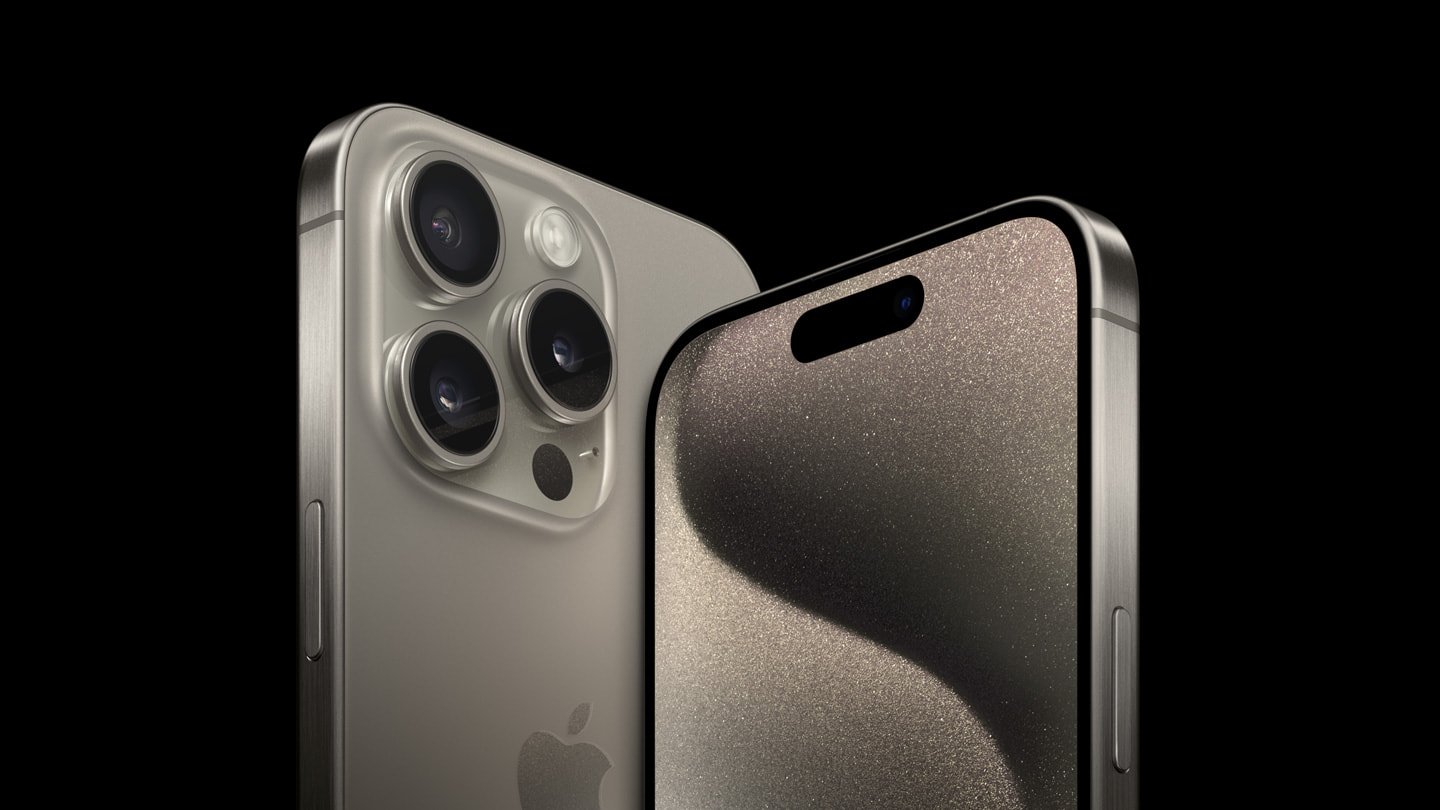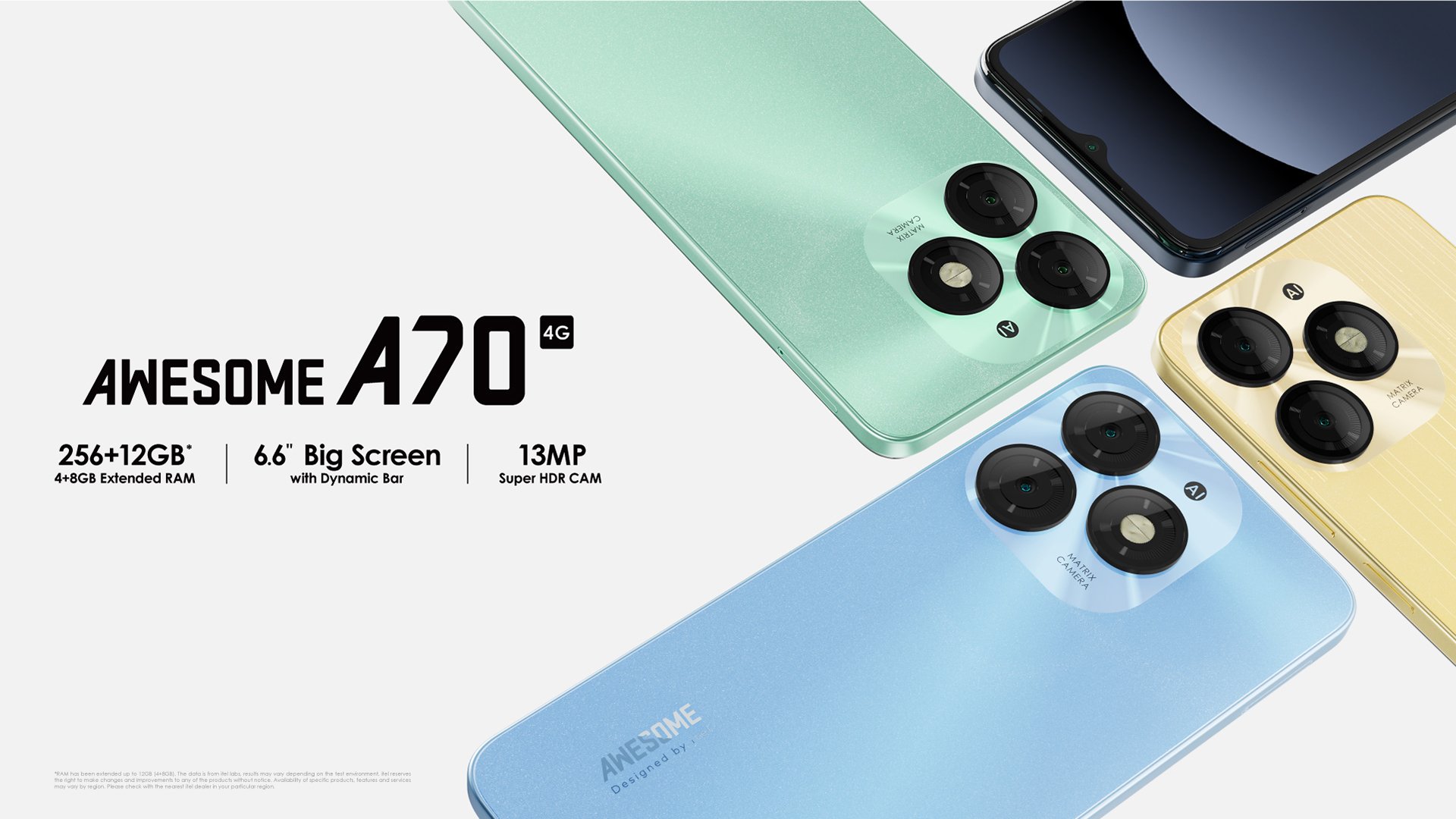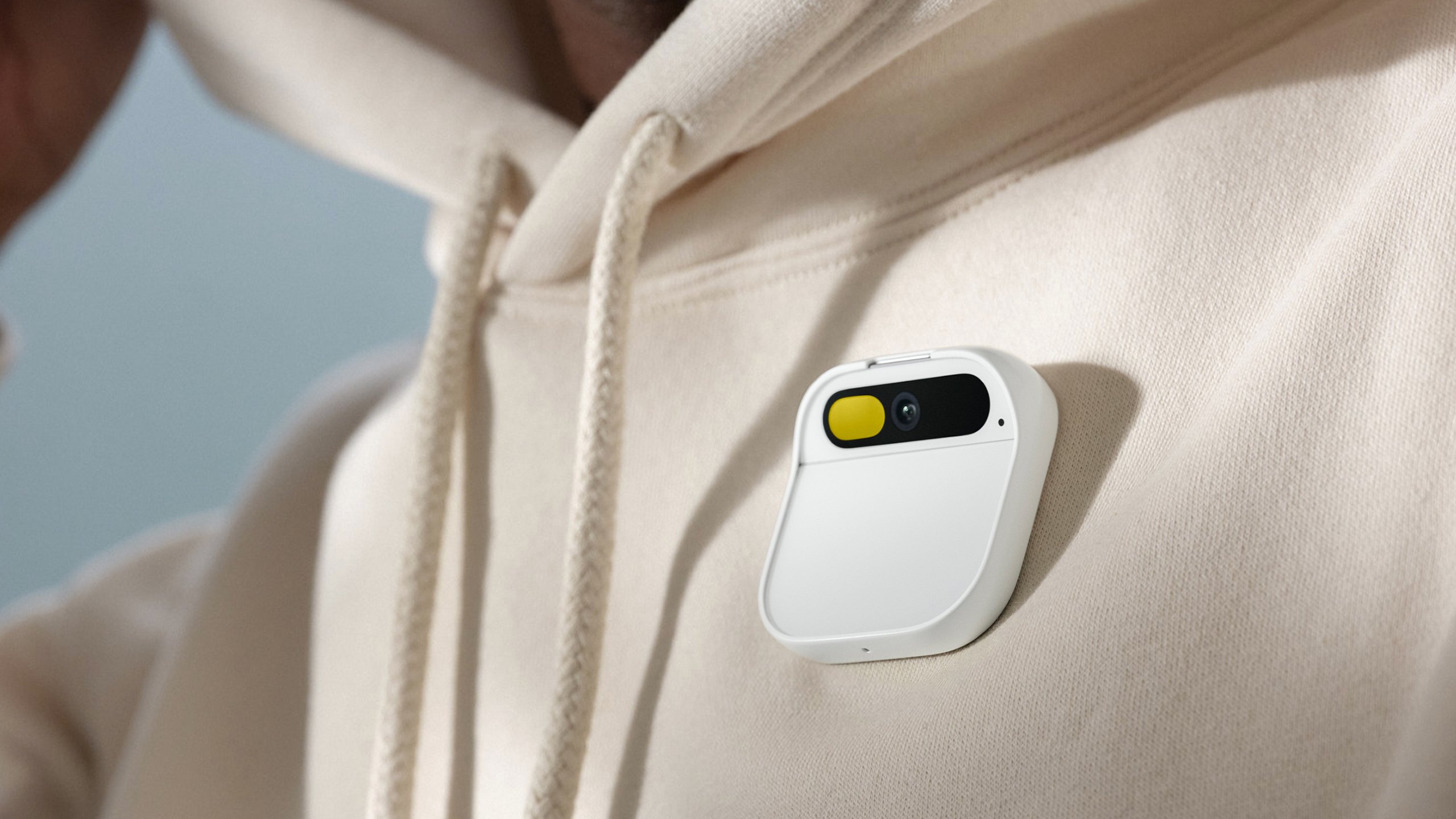
Hello, everyone. Today, I want to talk about something that I’ve been seeing for a while: the obsession with iPhone 16 leaks.
You probably know what I’m talking about. Ever since the iPhone 15 series came out in September 2023, the internet has been flooded with rumors, speculations, and alleged leaks about the next-generation iPhone models, expected to launch in late 2024. Yes, you read that right: late 2024. That’s more than a year away from now.
Don’t get me wrong, I love iPhones. I enjoy reading about the latest features and innovations that Apple brings to its flagship products, and I appreciate the work that goes into designing and engineering them.
But I also think that there is a limit to how much we should care about something that is so far away from reality. I mean, do we really need to know every single detail about the iPhone 16 before it even exists? Do we really need to see every possible render, prototype, and schematic of the device? Do we really need to debate over every possible rumor, leak, and speculation about the device?
I don’t think so. And here’s why.
First of all, most of these leaks are not reliable. They are based on unverified sources, sketchy websites, or anonymous tipsters. They often contradict each other, or change over time. They are not official, and they are not confirmed by Apple. They are just guesses, assumptions, or wishful thinking.
Second, even if some of these leaks are true, they are subject to change. Apple is known for testing multiple prototypes and variations of its products, and for making last-minute decisions and adjustments. What we see today may not be what we get tomorrow. Apple may surprise us with something completely different, or disappoint us with something less impressive.
Third, and most importantly, these leaks are not relevant. They are not affecting our lives in any meaningful way. They are not helping us to use our current devices better, or to solve our problems, or to achieve our goals. They are not making us happier, or smarter, or more productive. They are just distracting us from what really matters.
What really matters is the present. The here and now. The devices that we have in our hands, and the things that we can do with them. The apps that we use, and the content that we create. The people that we communicate with, and the experiences that we share. The moments that we enjoy, and the memories that we make.
That’s what I’m focused on. That’s what I’m obsessed with.
So, if you’re looking for iPhone 16 leaks, you won’t find them here. You’ll find them on other websites, like MacRumors, Lifewire, Laptop Mag, Mashable and many others. For the record, I’m not firing shots at any of these sites by the way, they have their belief, I have mine so let’s not end up making this controversial. You’ll find them on social media, like Twitter, Instagram, or YouTube.

















